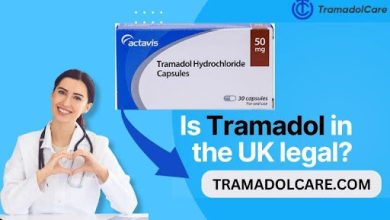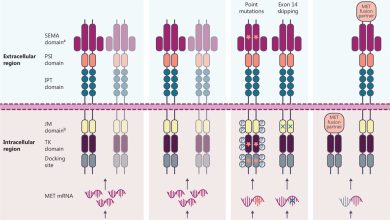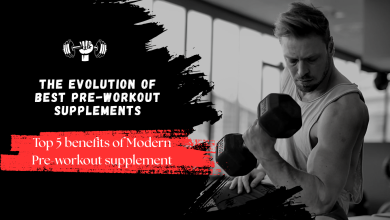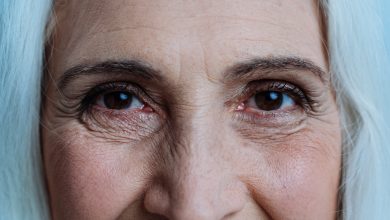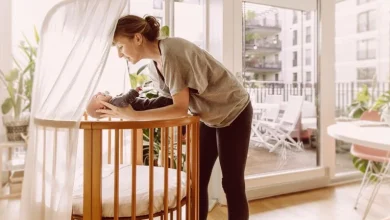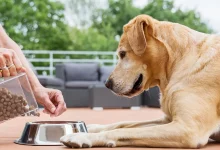Are There Any Non-Surgical Treatments for Spider Veins?
Are There Any Non-Surgical Treatments for Spider Veins?
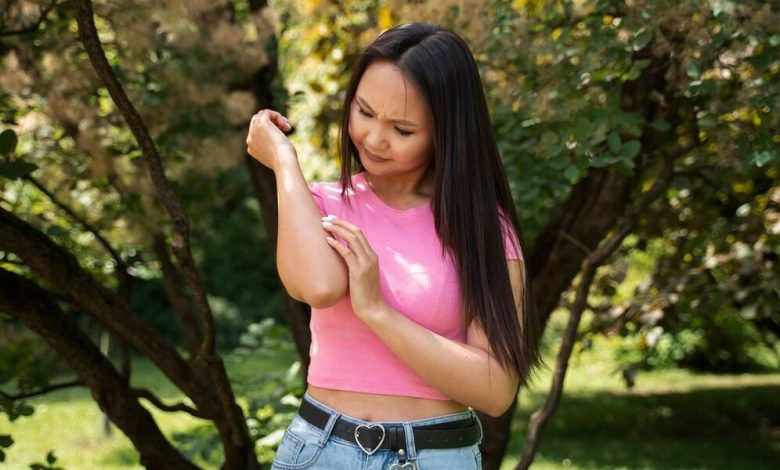
1. Introduction
Spider veins are small, dilated blood vessels visible through the skin, often found on the legs or face. While they are usually harmless, many individuals seek treatment for cosmetic reasons or mild discomfort. Non-surgical treatments offer effective alternatives for managing spider veins without the need for invasive procedures. This guide explores various non-surgical treatment options, including lifestyle changes, home remedies, and medical therapies.
2. Understanding Spider Veins
2.1 What Are Spider Veins?
Spider veins, or telangiectasia, are small blood vessels that become visible on the skin’s surface due to dilation. They are often red, blue, or purple and can appear in a variety of patterns. Unlike varicose veins, spider veins are smaller and do not protrude significantly from the skin. They are generally considered a cosmetic issue rather than a serious medical condition.
2.2 Causes and Risk Factors
The development of spider veins can be attributed to several factors, including:
- Genetics: A family history of spider veins can increase susceptibility.
- Hormonal Changes: Pregnancy, menopause, or hormone therapy can affect vein health.
- Prolonged Standing or Sitting: Jobs or activities that involve long periods of standing or sitting can exacerbate the condition.
- Aging: As we age, veins can weaken, leading to spider veins.
- Sun Exposure: Excessive sun exposure can damage skin and underlying blood vessels.
3. Non-Surgical Treatments
Non-surgical treatments for Spider Veins Treatment focus on improving vein health and reducing their appearance without the need for invasive procedures. These treatments include lifestyle changes, home remedies, and certain medical therapies.
3.1 Lifestyle Changes
3.1.1 Exercise
Regular exercise is a cornerstone of maintaining healthy veins. Activities such as walking, cycling, and swimming promote good circulation, which can help prevent and reduce the appearance of spider veins. Exercise strengthens the muscles in the legs, which aids in pushing blood back to the heart and reduces venous pressure.
- Benefits: Improves circulation, reduces pressure in veins, and helps with overall vascular health.
- Recommendations: Aim for at least 30 minutes of moderate exercise most days of the week.
3.1.2 Diet and Weight Management
Maintaining a healthy diet and weight is crucial for vein health. A diet rich in fiber and low in salt helps prevent fluid retention and supports vascular health. Excess weight can increase pressure on the veins, leading to or worsening spider veins.
- Benefits: Prevents fluid retention, reduces pressure on veins, and improves overall health.
- Recommendations: Eat a balanced diet with plenty of fruits, vegetables, whole grains, and lean proteins. Avoid excessive salt and processed foods.
3.1.3 Compression Stockings
Compression stockings are specially designed garments that apply gentle pressure to the legs, promoting better blood flow and reducing swelling. They can be particularly beneficial for people who stand or sit for long periods.
- Benefits: Improves circulation, reduces swelling, and alleviates discomfort.
- Recommendations: Wear compression stockings as advised by a healthcare professional, typically throughout the day.
3.2 Home Remedies
3.2.1 Elevation
Elevating the legs can help reduce the pressure in the veins and alleviate symptoms associated with spider veins. This simple remedy involves lying down and propping up the legs with pillows or a footrest.
- Benefits: Reduces venous pressure, decreases swelling, and improves circulation.
- Recommendations: Elevate the legs for 15-30 minutes a few times a day, especially after periods of standing or sitting.
3.2.2 Herbal Remedies
Certain herbal remedies are believed to support vascular health and reduce the appearance of spider veins. Common herbs used include horse chestnut, grape seed extract, and butcher’s broom.
- Benefits: May improve vein tone and reduce symptoms associated with spider veins.
- Recommendations: Consult with a healthcare provider before using herbal supplements, as they can interact with medications and may not be suitable for everyone.
3.2.3 Essential Oils
Essential oils like lavender, chamomile, and cypress are often used in topical applications to improve skin health and reduce the appearance of spider veins. These oils are believed to have anti-inflammatory and soothing properties.
- Benefits: May reduce redness and discomfort associated with spider veins.
- Recommendations: Dilute essential oils with a carrier oil before applying to the skin and perform a patch test to check for any adverse reactions.
3.3 Medical Non-Surgical Treatments
3.3.1 Sclerotherapy
Sclerotherapy is a popular non-surgical treatment involving the injection of a sclerosing agent into the affected veins. This solution causes the veins to collapse and eventually fade from view.
- Effectiveness: Highly effective for treating small to medium-sized spider veins.
- Procedure: Performed in a medical office with minimal downtime. Multiple sessions may be required for optimal results.
- Risks and Side Effects: Temporary bruising, swelling, and changes in skin pigmentation are possible.
3.3.2 Laser Therapy
Laser therapy uses focused light to target and destroy the blood vessels responsible for spider veins. The laser light is absorbed by the blood vessels, causing them to collapse and fade over time.
- Effectiveness: Effective for treating small veins, particularly on the face.
- Procedure: Non-invasive with little to no downtime.
- Risks and Side Effects: Redness, swelling, and potential blistering are common side effects.
3.3.3 Radiofrequency Therapy
Radiofrequency therapy involves using radiofrequency energy to heat and close off affected veins. This method is effective for treating larger spider veins and can also be used for varicose veins.
- Effectiveness: Effective for larger veins or veins that are deeper under the skin.
- Procedure: Minimally invasive and performed under local anesthesia. Recovery time is generally short.
- Risks and Side Effects: Risks include pain, bruising, and potential burns.
3.3.4 Endovenous Laser Therapy (EVLT)
Endovenous Laser Therapy (EVLT) uses laser energy delivered through a catheter to close off and seal the affected veins. It is often used for larger veins but can also be effective for spider veins.
- Effectiveness: Highly effective and often used for more extensive vein issues.
- Procedure: Performed in a clinical setting with local anesthesia; involves minimal recovery time.
- Risks and Side Effects: Potential risks include skin discoloration, pain, and swelling.
4. Comparing Non-Surgical Treatments
4.1 Effectiveness
The effectiveness of non-surgical treatments for spider veins varies based on the size and location of the veins. Sclerotherapy and laser therapy are particularly effective for smaller veins, while radiofrequency and EVLT are suitable for larger or deeper veins.
4.2 Risks and Side Effects
Each non-surgical treatment option carries its own set of risks and potential side effects. Sclerotherapy may cause bruising, while laser therapy can lead to redness. Radiofrequency and EVLT, while minimally invasive, may involve risks of burns or skin discoloration. Home remedies generally have fewer side effects but may not provide dramatic results.
4.3 Cost Considerations
The cost of non-surgical treatments can vary widely. Sclerotherapy and laser therapy are generally more affordable compared to radiofrequency and EVLT. Home remedies and lifestyle changes are often less expensive but may require ongoing management to maintain results.
5. Conclusion
Non-surgical treatments for spider veins offer a range of options for those seeking to address this common condition without invasive procedures. Lifestyle changes, home remedies, and medical treatments each play a role in managing spider veins and improving overall vein health. Consulting with a healthcare professional can help determine the most appropriate treatment based on individual needs and circumstances.
By incorporating these non-surgical treatments into your routine, you can effectively manage spider veins and enhance your overall vascular health.
